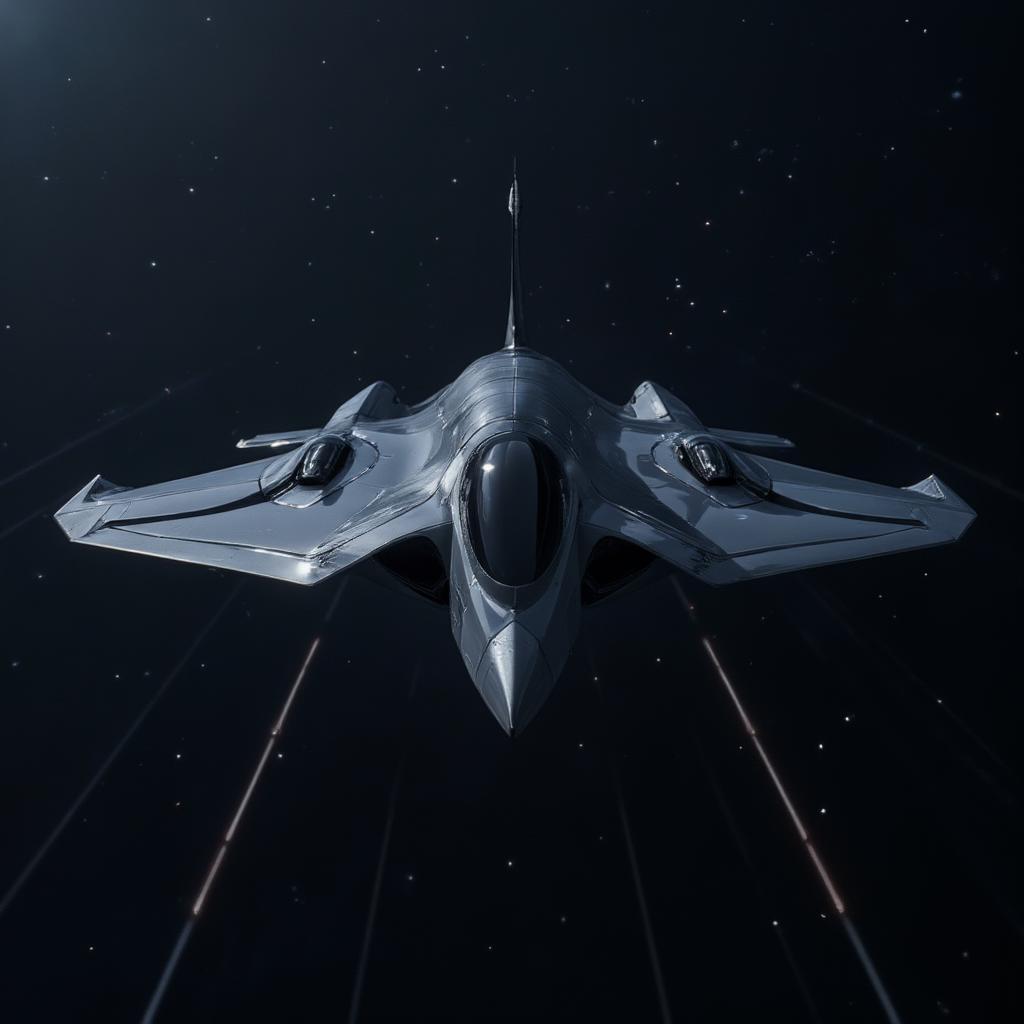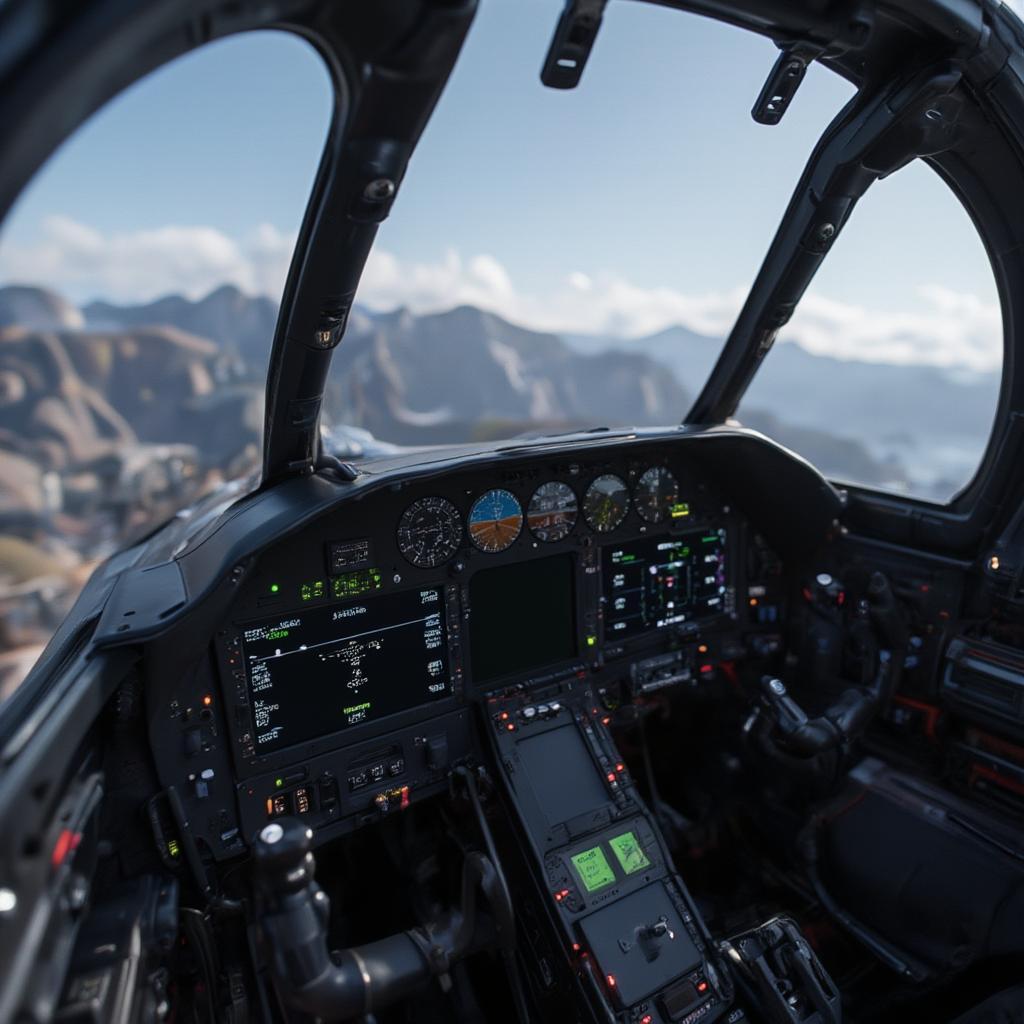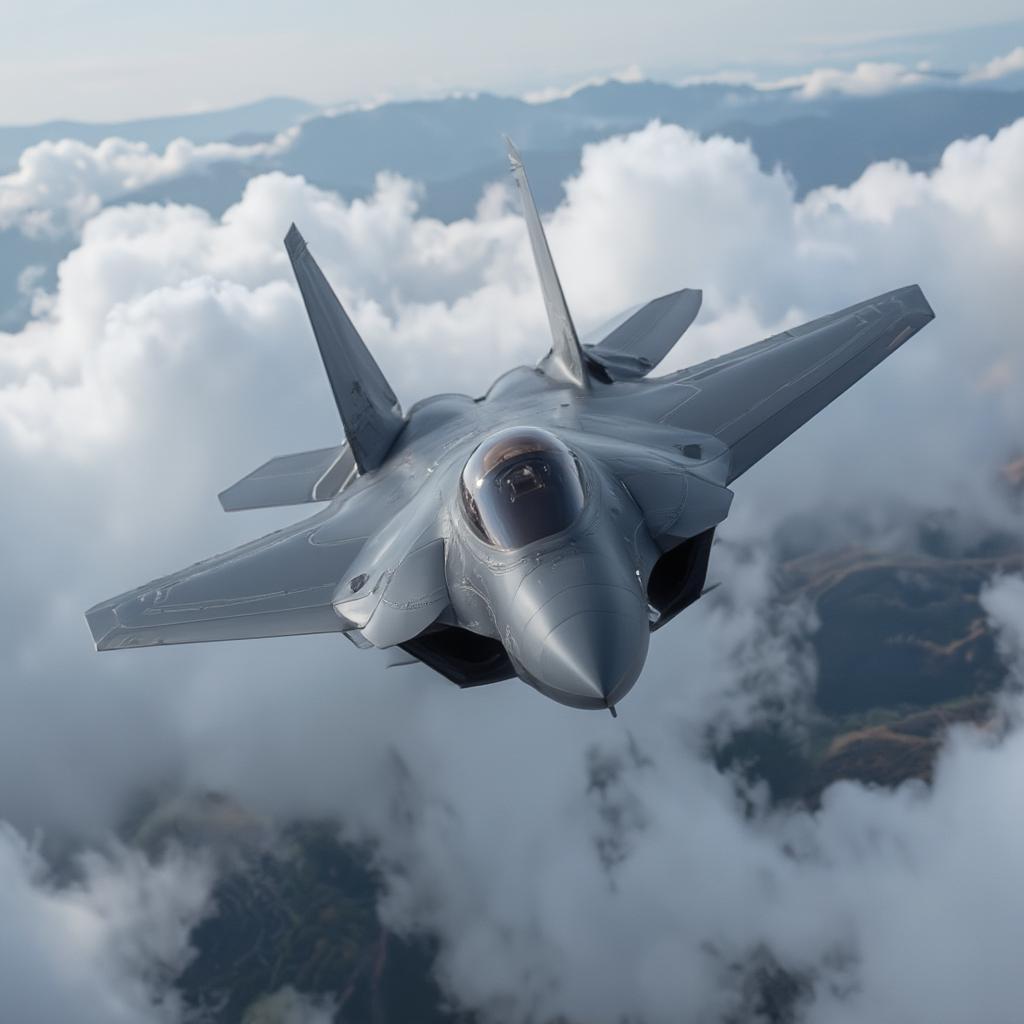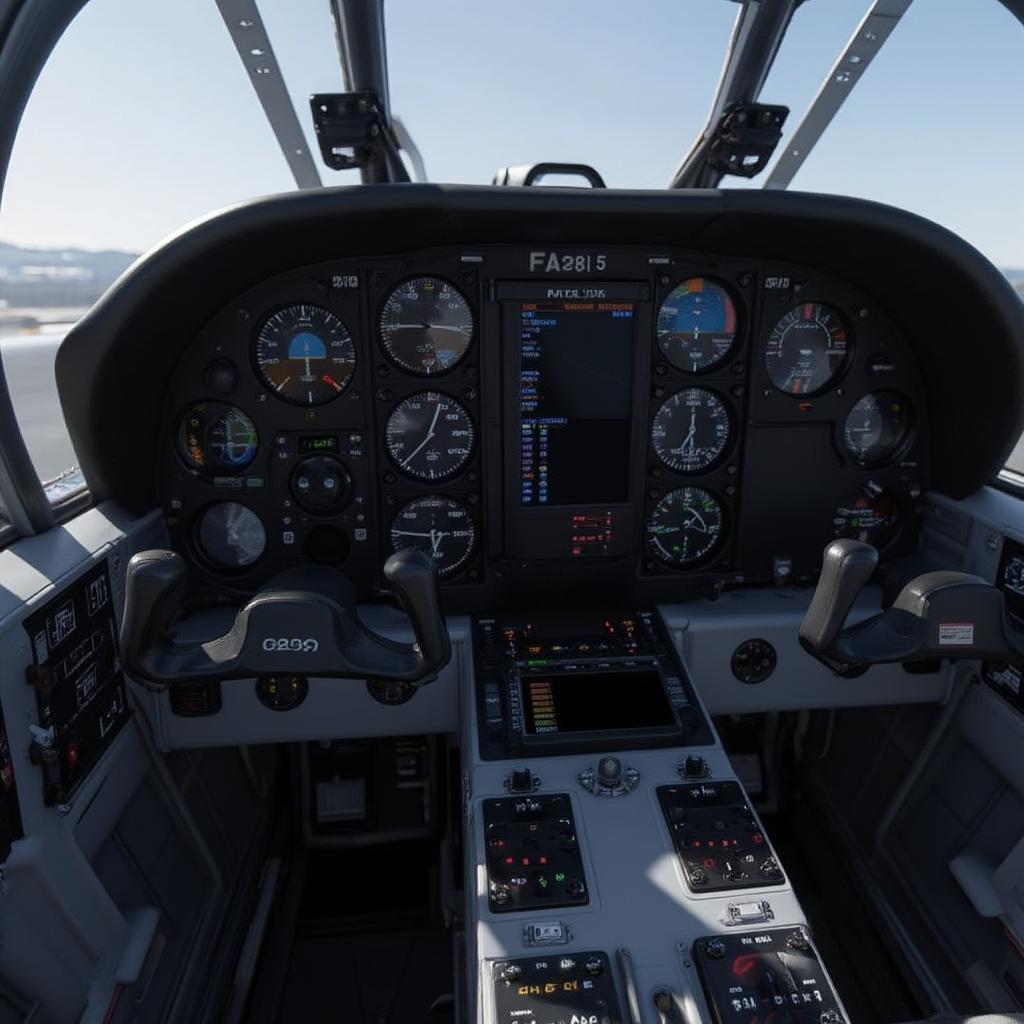Indian Air Force Fighters: Modernizing the Skies with Advanced Jets
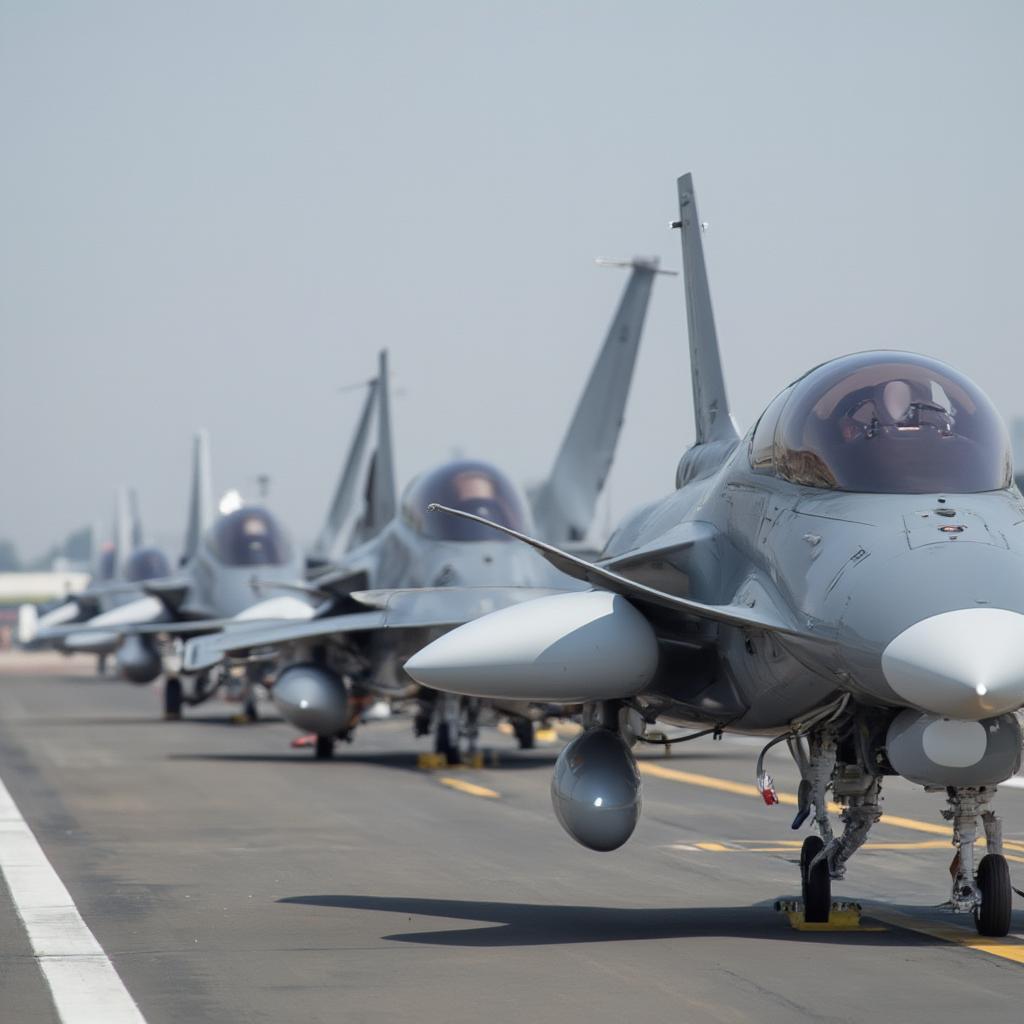
The Indian Air Force (IAF) is undergoing a significant transformation, shifting towards advanced, multirole fighters to maintain its strategic edge. This modernization effort is crucial for India’s national security, as it grapples with evolving geopolitical challenges. Understanding the IAF’s current and future fighter fleet is essential to grasping the balance of power in the region.
Current Prowess: The Backbone of the Indian Air Force
The backbone of the Indian Air Force consists of a diverse fleet of fighters, including the Russian-made Sukhoi Su-30MKI, the French Rafale, and the indigenous HAL Tejas. The Su-30MKI, a twin-engine multirole fighter, forms the largest component of the IAF’s fighter fleet. Known for its long-range capabilities and air-to-ground prowess, the Su-30MKI is a formidable asset. Its presence highlights the IAF’s need for versatility in both air-to-air combat and ground attack missions. The French Rafale, on the other hand, brings a different skillset to the table. With its advanced avionics, radar, and weapons systems, the Rafale enhances the IAF’s multirole capabilities, including beyond-visual-range (BVR) engagements, electronic warfare, and precision strikes.
The Role of Indigenous Fighters
The HAL Tejas, an indigenously developed light combat aircraft (LCA), represents India’s growing self-reliance in defense manufacturing. While it is a smaller aircraft compared to the Su-30MKI or Rafale, the Tejas’s agility, advanced avionics, and modern weapon systems make it a crucial component of the IAF’s future force. These fighters, along with the older MiG-29s and Mirage 2000s, demonstrate the Indian Air Force’s current operational capacity and underscore the need for continuous modernization to meet evolving threats.
“The diversification of the fighter fleet is a strategic necessity for the IAF, allowing it to adapt to different operational environments and challenges,” says Wing Commander Arjun Sharma (Retd.), a former Indian Air Force pilot.
Upgrading the Fleet: The Need for Modernization
The need for modernization in the Indian Air Force is driven by two key factors: the need to replace aging aircraft and the requirement to maintain a technological edge over potential adversaries. Many of the IAF’s MiG-21s and older MiG-29s are reaching the end of their operational lifespans, requiring modern replacements. Furthermore, the evolution of airborne threats necessitates the acquisition of advanced fighters equipped with superior sensors, electronic warfare capabilities, and long-range weapon systems. The Indian Air Force is also working to update its existing fleet, especially the Su-30MKI with new avionics and electronic warfare systems to keep them operational. This includes the integration of indigenous weapons and sensors. In a complex security environment, modern fighters are not just an asset, but a necessity for maintaining regional stability and deterrence.
The Future of Indian Air Force Fighters

Geopolitical Significance of Indian Air Force Fighters
The strategic importance of indian air force fighters extends beyond national defense. India’s air capabilities play a critical role in maintaining regional stability and projecting power in the Indo-Pacific. The IAF’s ability to operate effectively from its borders acts as a deterrence, signaling its commitment to safeguarding national interests and maintaining a balance of power. This is particularly important given India’s geographical location and its security challenges. The development and acquisition of advanced fighters demonstrate the country’s resolve to protect its sovereignty and deter aggression.
“The modernization of the IAF is not just a matter of upgrading equipment, but also about projecting India’s strategic influence in the region,” states Dr. Meera Patel, a defense analyst specializing in South Asian security.
Strategic Partnerships and Acquisitions
India’s approach to modernizing its air force also involves strategic partnerships and international acquisitions. The purchase of the Rafale from France, and the integration of advanced Israeli and Russian technology, highlights the importance of international cooperation in achieving defense modernization goals. These acquisitions not only enhance the technological capabilities of the Indian Air Force but also foster stronger ties with key international partners. By diversifying its sources of technology and defense equipment, India aims to strengthen its autonomy and avoid overreliance on any single supplier.
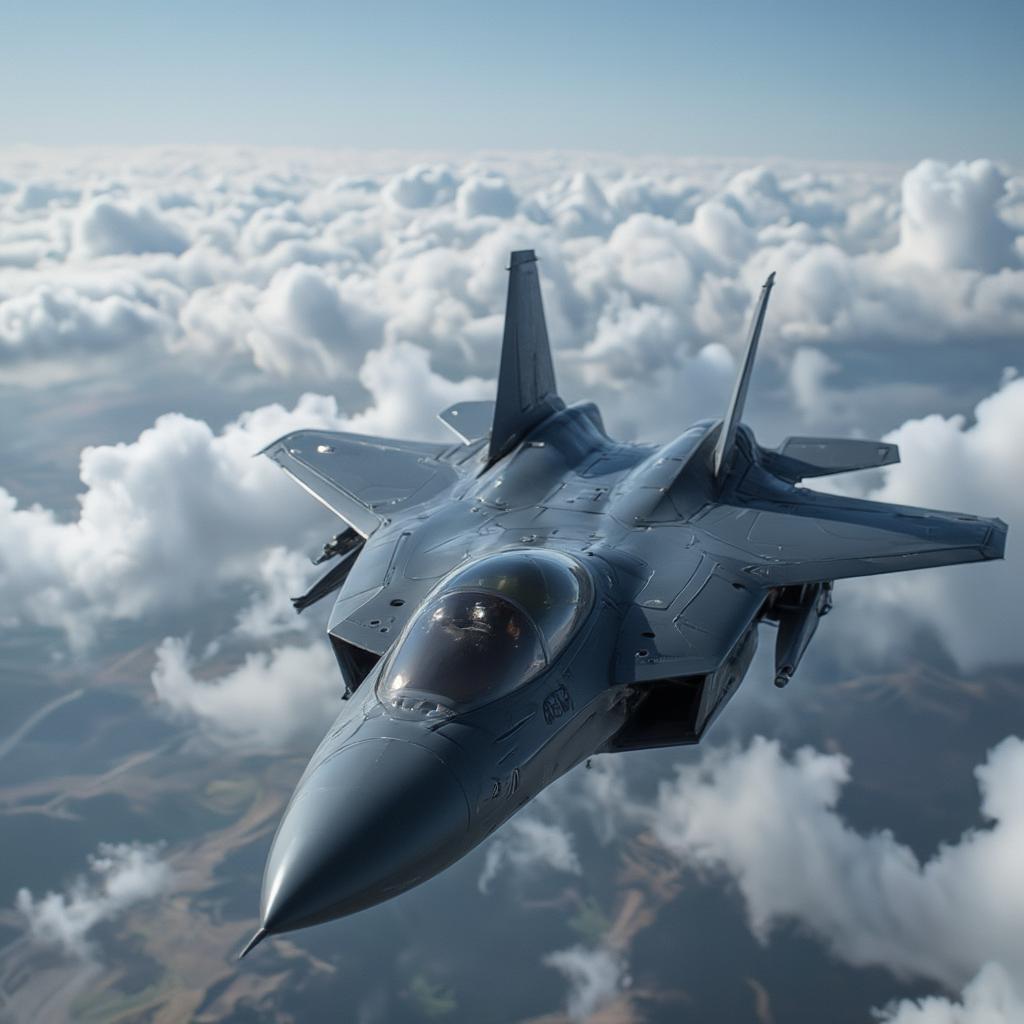
Enhancing Operational Capabilities of the IAF
The continuous integration of advanced technologies into its fighter fleet is a cornerstone of the IAF’s modernization strategy. Beyond the acquisition of new aircraft, the IAF is focusing on enhancing operational capabilities through the integration of next generation electronic warfare, advanced sensors, and network-centric warfare systems. This includes the integration of indigenous weapons and sensor suites. The goal is to build a modern, integrated air force capable of carrying out a range of missions, from air superiority to ground attack, and electronic warfare with greater flexibility and efficiency.
Training and Personnel Development
The effectiveness of the Indian Air Force’s fighter fleet is not only contingent on modern equipment but also on well-trained personnel. The IAF invests significantly in training its pilots and ground crews to effectively operate and maintain these advanced systems. This includes simulation training, international exercises, and technology training with partner nations. The training is essential to maximize the capabilities of these complex systems.
“It’s not just about the technology; it’s also about the people operating it. Our training programs ensure our personnel are ready for the most challenging scenarios,” says Air Marshal Karan Singh (Retd.), former Air Officer Commanding-in-Chief of Western Air Command.
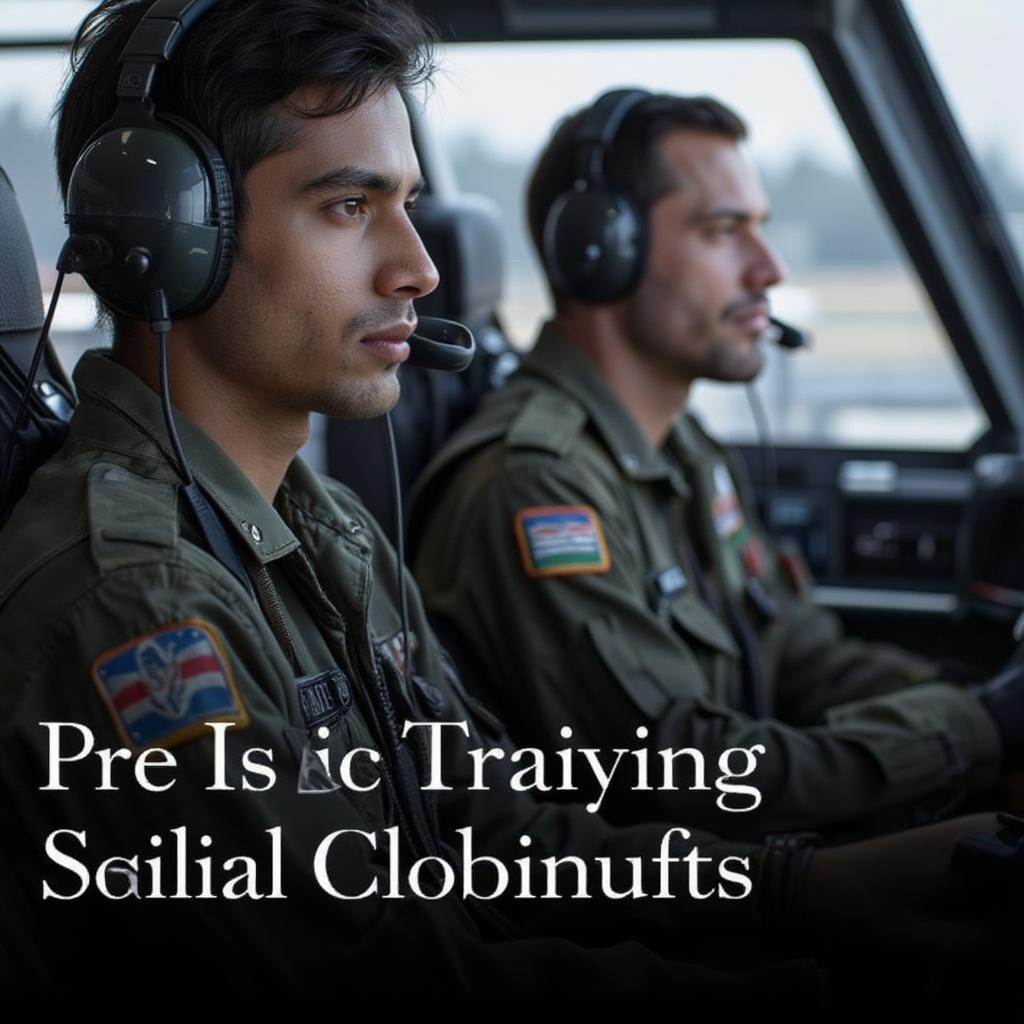
Conclusion
The Indian Air Force is in the midst of a strategic transformation, modernizing its fighter fleet with advanced multirole jets. This modernization is not just about replacing aging aircraft, but about enhancing the IAF’s operational capabilities, maintaining regional stability, and protecting national interests. The integration of indigenous technologies and strategic partnerships are vital components of this transformation. The continuous pursuit of advanced aviation technology is an important factor for India’s growth into the future. As the indian air force fighters continue to evolve, the IAF will become a more powerful and technologically advanced organization. The progress within the Indian Air Force shows how important technological advancements are to maintaining air superiority in a challenging environment. The development of the AMCA and the HAL Tejas Mark 2 are just the beginning, and they will shape the future of the IAF for years to come. The IAF has a bright future ahead.
FAQ
Q1: What are the main types of fighter jets currently used by the Indian Air Force?
A1: The main types include the Sukhoi Su-30MKI, the French Rafale, and the indigenous HAL Tejas, as well as older MiG-29s and Mirage 2000s. These fighters serve as the backbone of the IAF’s combat operations.
Q2: What is the significance of the Rafale fighter jet for the Indian Air Force?
A2: The Rafale provides advanced avionics, radar, and weapons systems, enhancing the IAF’s multirole capabilities including beyond-visual-range (BVR) engagements and precision strikes. The Rafale enhances the technological and operational strength of the IAF.
Q3: What is the HAL Tejas and what role does it play in the IAF?
A3: The HAL Tejas is an indigenously developed light combat aircraft (LCA) that highlights India’s self-reliance in defense manufacturing. It brings agility and advanced technology to the IAF’s capabilities, complementing other fighter jets.
Q4: Why is modernization crucial for the Indian Air Force’s fighter fleet?
A4: Modernization is essential to replace aging aircraft, maintain a technological edge, and counter evolving airborne threats. Modern fighters are necessary for maintaining regional stability and deterrence.
Q5: What are some of the future fighter aircraft being developed for the Indian Air Force?
A5: The Advanced Medium Combat Aircraft (AMCA), a fifth-generation stealth fighter, and the HAL Tejas Mark 2 are two important projects that will be key for the IAF in the coming years, These fighters will enhance the capabilities of the air force significantly.
Q6: How does the Indian Air Force approach training for its personnel?
A6: The IAF invests heavily in simulator training, international exercises, and technology training with partner nations, ensuring that its personnel are prepared to operate complex systems effectively.
Q7: How important are international partnerships for the IAF’s modernization efforts?
A7: International partnerships, such as the acquisition of the Rafale from France and the integration of Israeli and Russian technologies, are critical for the IAF. This helps enhance the technological capabilities of the Indian Air Force and fosters stronger ties with key international partners. The next gen us fighter jets have helped inform the design process for some of these aircraft.

